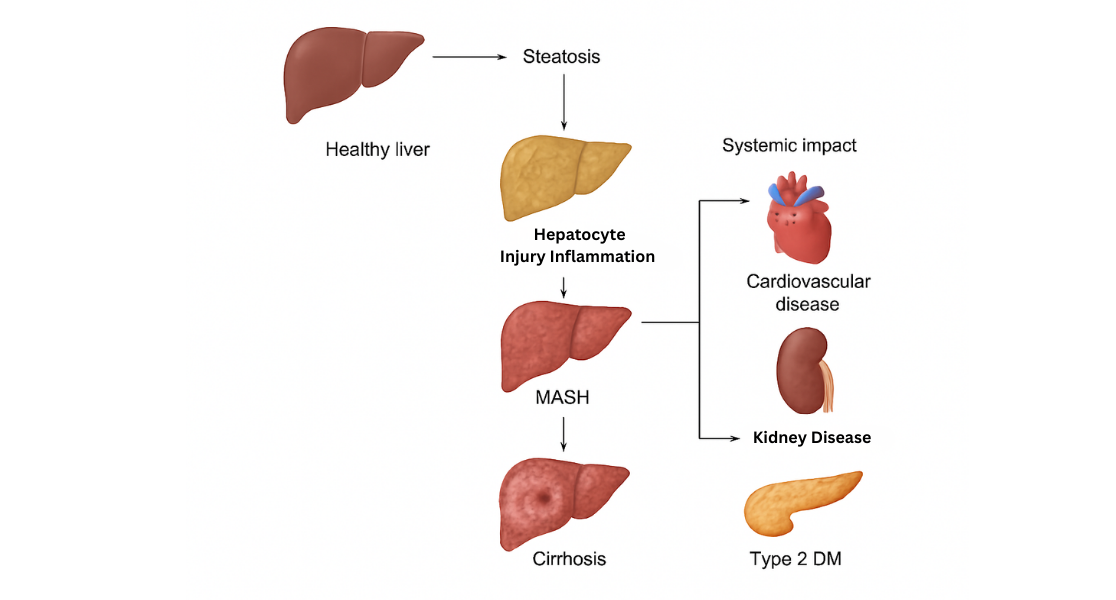Developing Tools for Measuring Mental Health Outcomes
Key Takeaway: To transform mental health care, researchers are pioneering outcome-focused quality measures—from patient-reported outcome measures to digital phenotyping—that capture real-world effectiveness, equity, and quality across diverse settings.
Mental health care has long lagged behind physical health in standardized assessment of treatment success. Unlike diabetes—where outcome quality measures track blood sugar control—few outcome quality measures exist for psychiatric conditions. Without reliable metrics for patient outcomes, clinicians and health plans struggle to know which interventions truly help, how to address mental health disparities, or where care delivery processes fall short.
Bridging the Gap: Structural, Process, and Outcome Measures
Quality measurement in health care typically relies on three pillars:
- Structural quality measures: Does the provider have the infrastructure and capacity—clinicians, technology, interoperability—to deliver care?
- Process quality measures: Are patients receiving the care they should—screenings, follow-up appointments, evidence-based treatments?
- Outcome quality measures: What is the real-world impact—symptom remission, improved quality of life, reduced suicide attempts?
While structural and process measures abound, outcome-focused quality measures for mental illness remain scarce. To fill this gap, the National Institutes of Health (NIH) is funding six ambitious projects aimed at creating, testing, and validating outcome measures that matter to patients, clinicians, and payers alike.
NIH-Funded Initiatives: From Suicide Prevention to Quality of Life
- Quality Measures to Advance Suicide Prevention and Care Across Health Systems
Developing metrics for suicide ideation and attempts (both fatal and non-fatal), plus tools for suicide risk screening, safety planning, and specialty follow-up care. These measures will guide health systems and insurers in tracking prevention efforts and clinical interventions. - Measuring What Matters—Patient-Centered Outcome Measures of Goal-Directed Care
Creating person-centered outcome measures for goal-directed care in serious mental illnesses—schizophrenia, bipolar disorder, and beyond—so that patients and clinicians can set individualized goals and monitor progress, fostering true patient-centered care. - Personalized Quality of Life Measurement
Designing a universal quality of life instrument that compares experiences across physical and mental health conditions. This tool will enable clinicians to assess broad well-being and prioritize interventions that enhance everyday functioning. - Development and Testing of a Pediatric Anxiety Outcomes Quality Measure
Crafting two complementary measures: one for treatment response and another for anxiety remission in youth. Researchers will analyze how social risk factors and other patient characteristics influence outcomes, then develop implementation strategies for quality improvement. - Identifying and Addressing Bias in Depression and Anxiety Quality Measures
Investigating which patient attributes lead to lower scores—exposing bias and health disparities—and building outcome-focused measures of depression and anxiety with improved fairness and accuracy. - An Outcome-Focused Measure of Mental Health Care Quality Based on Standardized Patient-Reported Symptoms
Establishing a universal measure that leverages routine symptom reports—patient-reported outcome measures (PROMs)—to evaluate care at multiple levels (provider, clinic, organization, health plan), promoting evidence-based mental health treatments.
Innovation in Data: From Real-World Evidence to Digital Tools
These projects harness diverse data sources:
- Real-world data and electronic health records (EHRs) to track care delivery and outcomes over time.
- Ecological momentary assessment (EMA) via smartphone apps to capture symptoms in daily life—an emerging form of digital phenotyping.
- Biomarkers and physiological signals (e.g., sleep patterns, activity levels) for objective monitoring.
- Advanced analytics and machine learning to integrate multimodal data—ushering in precision psychiatry.
By submitting measures to agencies such as the Center for Medicare and Medicaid Services and the Battelle Partnership for Quality Measurement, researchers aim to secure endorsements that drive broad implementation across health plans, payers, and clinics. This will ensure that both patients and clinicians can access reliable metrics for treatment selection and quality improvement.
Why It Matters for Patients, Clinicians, and Payers
- Patients gain clarity on treatment effectiveness and can actively participate in goal-directed care.
- Clinicians obtain tools to monitor progress, adjust interventions, and deliver truly patient-centered care.
- Health systems and payers leverage standardized metrics to compare programs, allocate resources, and promote best practices.
Conclusion
As mental health research embraces outcome-focused quality measures, the field moves closer to an era where interventions are guided not just by clinical trials but by robust, real-world evidence. These advances promise enhanced access to care, greater patient satisfaction, and ultimately, better outcomes for individuals facing mental health challenges.










